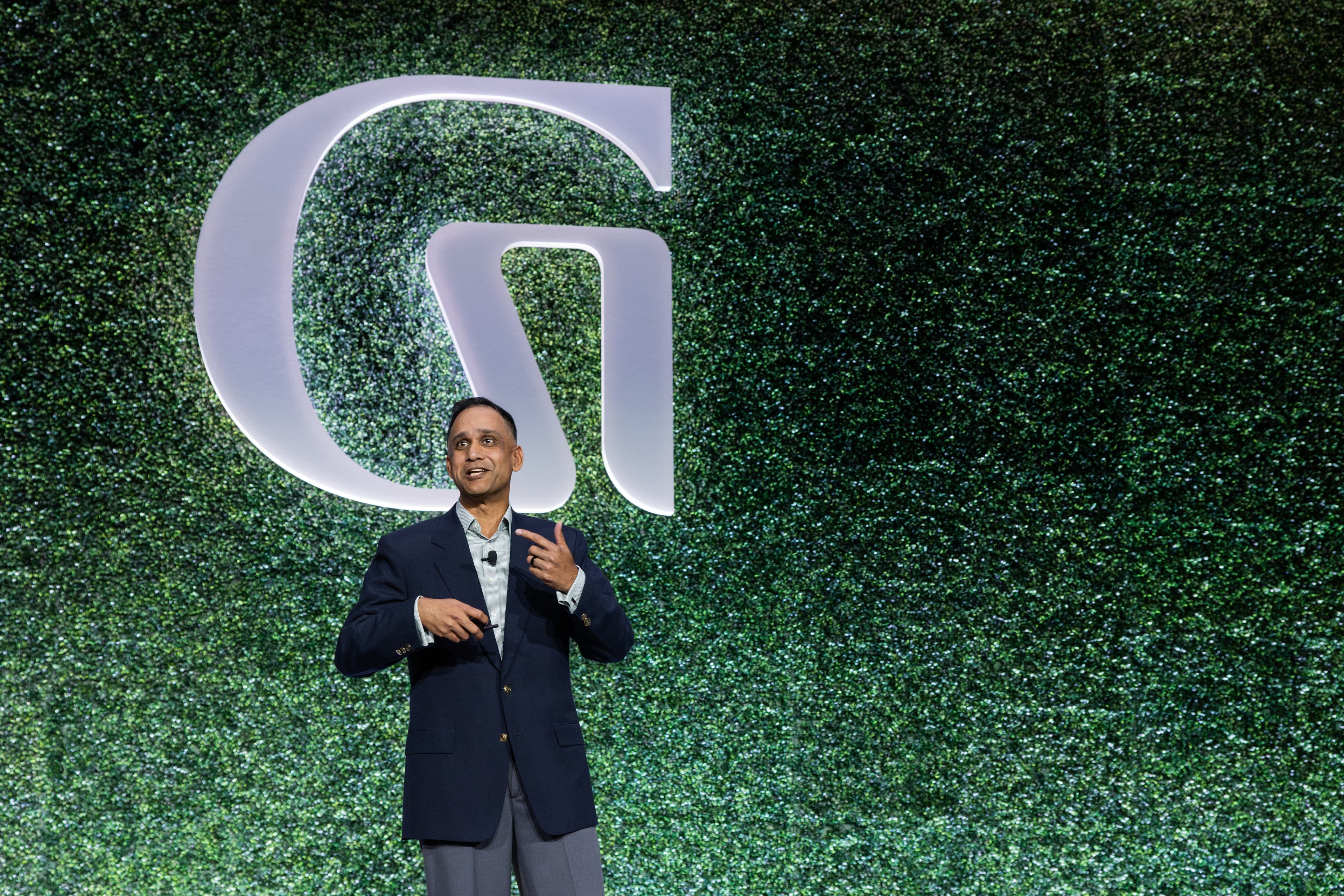Compass Staff |
There was a time when resilience meant business continuity: redundant servers, backup systems, insurance policies. Today, the risk profile has shifted. AI is reshaping tasks, supply shocks are routine, and critical roles go unfilled for weeks at a time — all problems that traditional continuity planning was never designed to solve.
To withstand the speed and scale of disruption (i.e., be resilient), organizations need workforce resilience — the ability of workers and the systems that support them to adapt, grow, and thrive in the face of disruption and technological change. But in practice, that means building entirely new infrastructure to enable it, especially in fields where a staff shortage can shut down an entire unit.
“Resilience isn’t something that just happens to us. We need to engineer it through the systems we build, the learning we enable, and, most importantly, the people we empower.”
- Rohan Chandran, Guild’s chief product and technology officer
In other words, the Resilience Economy needs new systems that can coordinate people, programs, and policy at the same pace that markets move. The reason: The sectors most critical to our daily life — healthcare, logistics, and manufacturing — now face the steepest labor shortages, and the systems producing licensed workers — the certified talent nurses, maintenance technicians, and CDL drivers — are fragmented by design.
“The problem here is not effort,” said Rohan Chandran, chief product and technology officer at Guild, speaking at Guild’s Opportunity Summit 2025. “Employers are trying everything. Local partnerships, scholarships, incentives. But the system that produces this type of talent is incredibly complex.”
Today, each licensed role depends on coordination among employers, educators, and regulators, each with different incentives, timelines, and data systems. Local HR teams and workforce managers often become de facto project managers, manually tracking every exam, every tuition payment, and every job placement.
The people holding systems together today are, as Chandran put it, the “unsung heroes buried in their spreadsheets,” hoping that no one falls through the cracks.
Heroics can’t scale — but better coordination can.
What the Resilience Economy needs, Chandran argues, is new coordination infrastructure — the human and digital mechanisms that let organizations plan talent with the same rigor they apply to capital and supply.
“Resilience isn’t something that just happens to us,” Chandran said. “We need to engineer it through the systems we build, the learning we enable, and, most importantly, the people we empower.”
“It’s about building the architecture for predictability,” he added, so that organizations can anticipate workforce gaps, prepare employees for licensed roles in advance, and ensure critical operations continue without disruption. Guild Navigator is one such example: developed as a system that helps employers design role- and region-specific cohorts, guide learners end-to-end from enrollment to licensure, and give administrators real-time visibility into progress and projected readiness.
The blueprint for resilience infrastructure
Across industries, employers are starting to build this foundation. Based on Guild research and experience working with employers, several principles are beginning to define what good infrastructure looks like:
Visibility across the journey. Learners, employers, and education partners need a shared view of progress, from enrollment to credential to placement.
Localized delivery within national systems. Workforce pathways must be designed centrally but adapted to local credentialing rules, seat availability, and community demand.
Human support embedded in the system. Coaching, mentorship, and wraparound supports like childcare or transportation are conditions that make completion possible.
Accountability through shared data. With unified metrics on progress, completion, time-to-productivity, and retention, leaders can see what’s working and reinvest in what scales.
When those elements come together, employers stop reacting to shortages and start forecasting talent supply with confidence. The result is a networked infrastructure that makes workforce readiness a measurable input to growth. As the TRI research found, the most reliable way to generate that readiness is internal mobility (redesigning roles, reskilling at pace, and redeploying talent where demand is highest).
The economics of better coordination
The payoff for this shift is significant. Guild’s “Talent Resilience Index (TRI)”, developed with Lightcast, found that employees who move internally stay 60–65% longer than external hires. At a macroeconomical level, mobility generated an average of $221 billion in additional annual individual earnings (2016–2024) — about 1% of U.S. GDP, the report found.
Building the connective tissue of growth
In the end, the Resilience Economy is built on people’s ability to learn, earn, and adapt faster than disruption spreads. But people can’t do that in isolation. They need systems that make progress visible and advancement achievable.
For executives, that means reimagining the human infrastructure that will keep tomorrow’s economies running. Because resilience no longer lives in servers and backup systems. It lives in people — and in the systems we build to help them grow.



